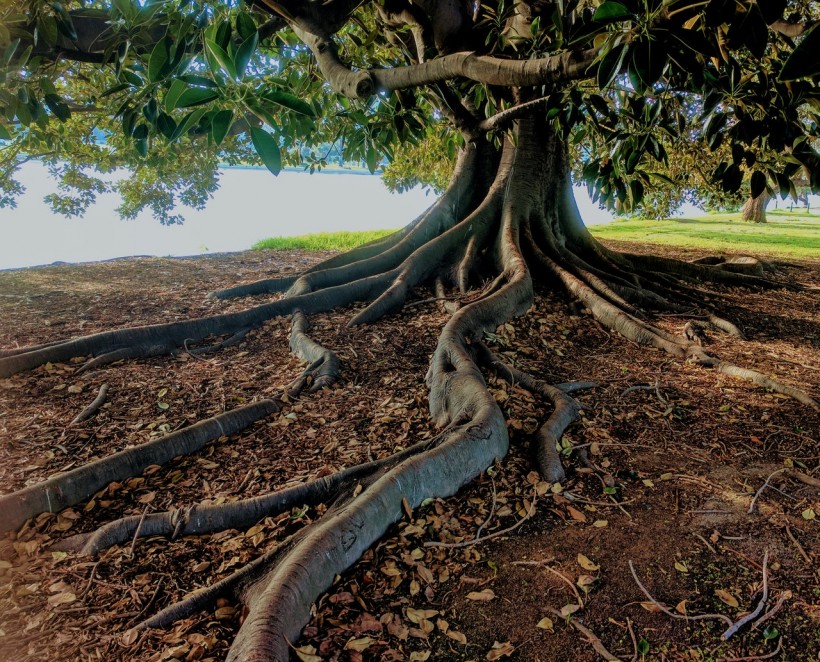Researchers led by UC Riverside have recently demonstrated, for the first time ever, one way small molecules turn a single cell into a large tree. For over half a century, scientists from all across the globe have known that plants, whatever species that may be, depend on auxin, a molecule that until this point wasn't understood how it sets growth in motion.
What is Auxin?

Derived from the Greek word "auxein" which means "to grow". There are two known main pathways used by auxin molecules to orchestrate plant growth. According to BMC Biology, it is an indole acetic acid or a weak organic acid that has a molecular structure similar to amino acid tryptophan. It possesses both indole ring and carboxylic acid functions.
Auxin is a class of molecular compounds that directly impact plant development. Its activity is widely used in research, agriculture, and horticulture. IAA is the most studied auxin and is an extremely potent molecule that's able to control many aspects concerning plant growth and development despite its simple chemical structure.
It controls cell division and explanation, and differentiation. Originally discovered in 1930, its existence has long been hypothesized by many scientists such as Charles and Francis Darwin.
Discovering Auxin's Role in Plant Growth
In a study published in the journal Nature, titled "TMK-based cell-surface auxin signalling activates cell-wall acidification" scientists describe plant cells as encased in shell-like walls, with a primary layer composed of three major components: hemicellulose, pectin, and cellulose.
Lead author Zhenbiao Yang, a UCR botany professor explains that cellulose works similar to rebar in high rise structures, providing a broad base of strength and reinforcing hemicellulose chains sealed by pectin.
These primary components define the plant cell's shape resulting in, most often, a formation of puzzle-piece shaped lead epidermis that Yang has been analyzing for the past two decades. These shapes are tightly glued cells that provide the physical strength for plants against natural elements such as wind and rain.
The question now is with things being locked tightly in cell walls, how is plant movement and growth possible?
A theory suggests that when plants are at the stage of growing, auxin causes their cells to become more acidic, loosening bonds between the tightly-knit components and allowing the cell walls to soften and thereby expand. This was proposed over half a century ago, but how auxin specifically activates the acidification remains a mystery until Yang's team discovered its mechanisms.
The team of researchers discovered that the molecule creates acidity by triggering the pumping of protons into the cell's walls, lowering its pH levels. Low pH then activates a protein expansion, breaking the links between hemicellulose and cellulose allowing the plant's cells to expand and grow, reports PhysOrg.
Mark Estelle, the leading authority in the field not connected to the study says that the lowered pH of the cell facilitates the growth. Yang's recent discovery represents a great advance in the understanding of how auxin regulates plant cell expansion.
RELATED ARTICLE: Crop Plant Resiliency Using Energy Conversion Found During Photosynthesis; May Develop Immunity from Stress, Bacteria
Check out more news and information on Botany in Science Times.














